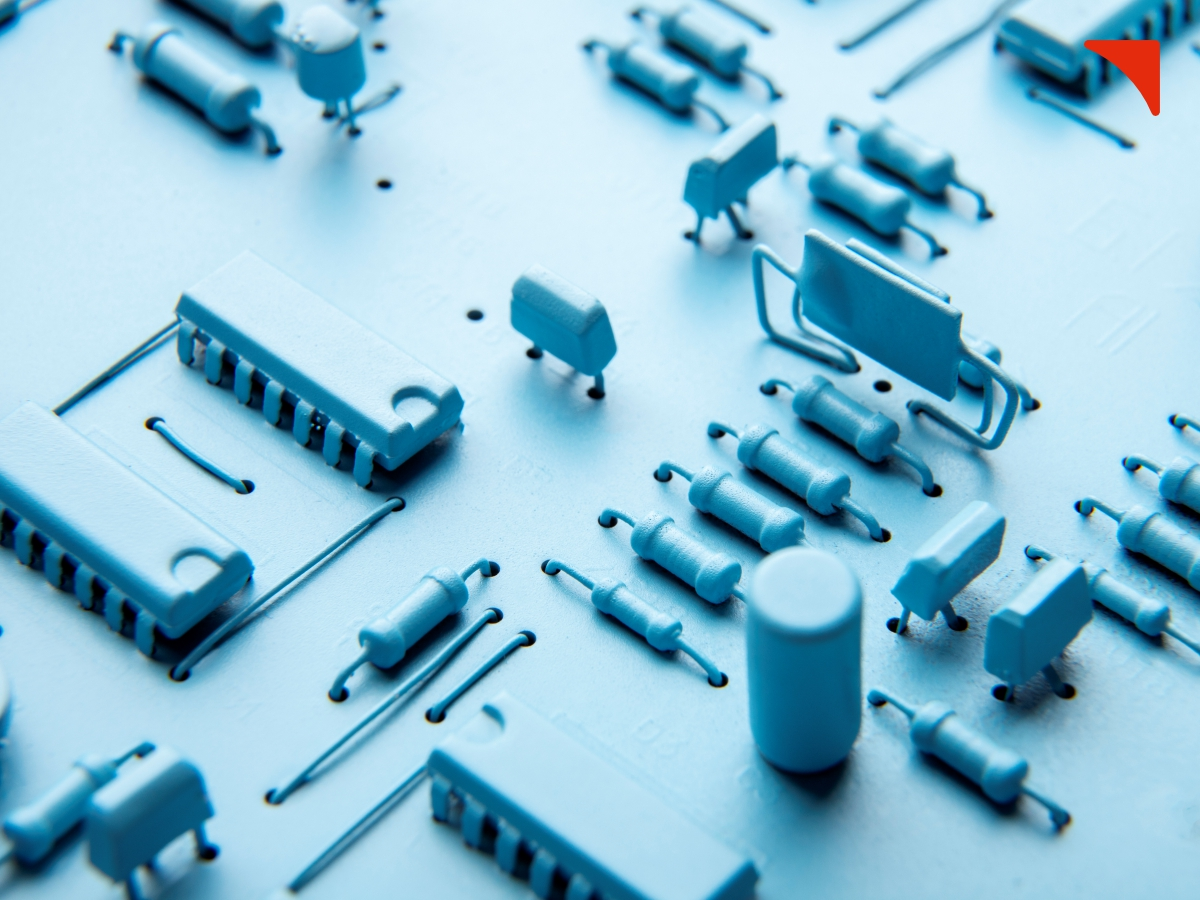HOW RETAIL INDUSTRY IS AFFECTED BY THE GLOBAL CHIP CRISIS?

With the dawn of 2022, it is an unaccustomed spotlight for the semiconductor industry for the third year in a row. When chip shortages created the first production line shutdowns in the automotive industry, everyone talked about the tiny chips that drove so many different functions in cars–from the lighting to the seat control to blind-spot detection. Chip shortages and supply chain concerns have intensified since high-tech and consumer electronic companies began experiencing shortages and voicing concerns. Blame it on pandemics, trade wars, or weather incidents. But we are dodging two behemoths both industrially and personally at the same time. These integrated circuits are an integral part of our lives. Also, in this decade every sector is making itself autonomous by integrating immersive technologies. And amidst this shortage, many disruptions are also seen in supply chains too. Are we controlled by artificial intel?
A report by Goldman Sachs states that the supply chain disruptions last year in the semiconductor industry have spillover effects across 169 industries.
Leaving aside the most affected industries of automotive and gaming. The retail industry has also been impacted – you say it or not. To measure the impact, it is important to highlight the outcome that is despaired.
The impact can be calculated from the show intel on which the retail industry thrives. Mapping the consumer journey from every possible platform, brands are very lucrative about the experience they want to provide to their consumers. It goes with exploring the features of the product that requires a real-time demo. Also, with the advent of advanced digital technologies in retail and shift in consumer behavior, the consumer tends to visit the digital store of a brand rather than visiting its brick-and-mortar in the first place. Irregularity in markets also restrains the consumer in-store movement. This goes with the issues raised for in-store digitized demonstrations of the product. To solve it further, brands are moving to outdoor setups. But for that, the integration of immersive technologies is a must to give the experience. Again, with the crisis, these setups are also getting hit and the activation industry is being endured.
You have ordered a new mobile phone from a digital store of your favorite brand. The delivery time is for about two days. You came from the office and started the unboxing.
The excitement of getting your favorite product hands-on after it gets delivered is the best feeling ever you can have as a consumer. What if, the deliveries or pre-orders are delayed to the frustration level that you end up canceling the order.
The situation is the same with industries that are suffering from the chip crisis. Disrupted supply chains are contributing to making the gap larger caused because of the delay that is hampering consumer delight.
Every country is now stepping up to create a self-sufficient supply of these semiconductor chips by investing heavily for the coming years. Economic Times covered the US projection of investing $20bn to mark the end of the shortage. India is prepping up to spend Rs.76000 cr. for over six years to make itself self-sufficient.
A Thought of Sustainability

There is a paradox while dealing with semiconductor chips. Though they form an integral part of the technologies that are into shaping the future and solving the climate goals. Like EVs (Electric Vehicles), Solar Arrays, Wind Turbines, etc. But while manufacturing these chips, the whole process poses a serious environmental challenge. As it requires millions of gallons of water per day and large amounts of energy. That, in turn, releases hazardous wastes.
Are we making a shift?

Due to paradoxical sustainability issues with silicon chips, many automakers are looking for alternatives to silicon to increase charging speeds and driving distances. But on the whole, there is a need for an alternative if we are truly heading towards sustainability. Many are talking about two names – silicon carbide (made up of silicon and carbon) and gallium nitride (made up of gallium and nitrogen).
Projections are there that this chip crisis will stretch till 2023. Till then, many industries would have suffered huge losses. Also, we can’t be politically correct all the time because the relevance keeps on changing. The same goes with the current pandemic, new variants are ready to escape our both natural and acquired immunity. So, the uncertainty remains with blurry illusions.